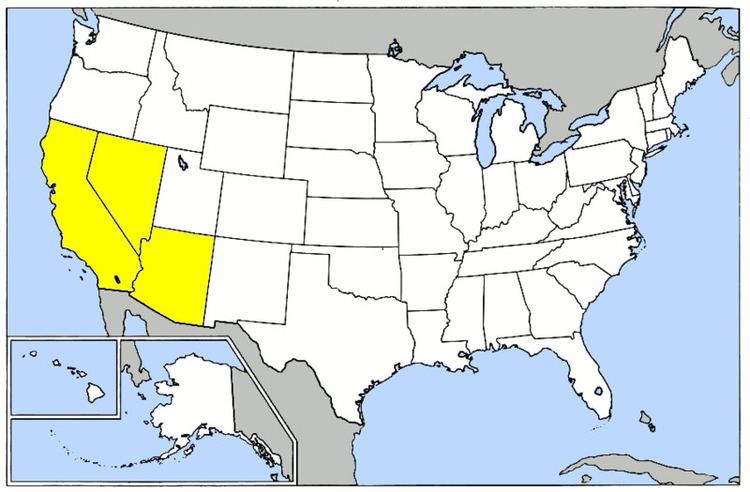Active 1942-1945 Type Command and Control | Role Training | |
 | ||
Part of | ||
The 36th Flying Training Wing was a wing of the United States Army Air Forces. It was last assigned to the Western Flying Training Command, and was disbanded on 1 November 1945 at Santa Ana Army Air Base, California.
Contents
The wing directed flying training units of the Army Air Forces Training Command. Headquartered at Victorville Army Airfield, California for most of its operational service, it controlled contract pilot schools primarily in California and other western states.
There is no lineage between the current United States Air Force 36th Wing, established on 17 June 1948 at Howard Field, Canal Zone, and this organization.
History
Until 1939, the Army Air Corps provided all flying training with military instructor pilots. Beginning in 1939, it contracted with nine civilian flying schools to provide primary flight training. Primary training consisted of a three-month course of 65 hours of flying instruction. As the United States prepared to enter World War II by expanding its number of flying squadrons, the number of contract primary schools increased.
According to the contract, the government supplied students with training aircraft, flying clothes, textbooks, and equipment. The Air Corps also put a detachment at each school to supervise training. The schools furnished instructors, training sites and facilities, aircraft maintenance, quarters, and mess halls. From the Air Corps, schools received a flat fee of $1,170 for each graduate and $18 per flying hour for students eliminated from training. The Primary Pilot Training used Boeing PT-17 or Fairchild PT-19 two-seater single-engine training aircraft. Also, the wing controlled specialized schools for Liaison Pilots using the Stinson L-5 Grasshopper, and Women Airforce Service Pilots (WASP) primary training was conducted exclusively at Avenger Field, Sweetwater, Texas.
Following the fall of France in 1940, the Air Corps upped its pilot production goal to 7,000 per year. To meet that goal, the Air Corps increased the capacity of its schools and added more contract primary schools.
The contract primary pilot schools ended their operations in October, 1945.
Lineage
Assignments
Stations
Training aircraft
The primary aircraft used were Boeing-Stearman PT-17 and Fairchild PT-19 twin-seat, single engine trainers. However other aircraft were used at several schools. Those were:.
The PT-13, PT-18 and PT-27s were the basic Boeing-Stearman with different engines than the PT-17, with varying horsepower ratings. The PT-19 also could have the student pilot covered with a hood for "Blind" instrument flying training. Due to the proximity of Ryan Aircraft Company in San Diego, it's PT-22 trainer was also purchased and provided to several schools in California
